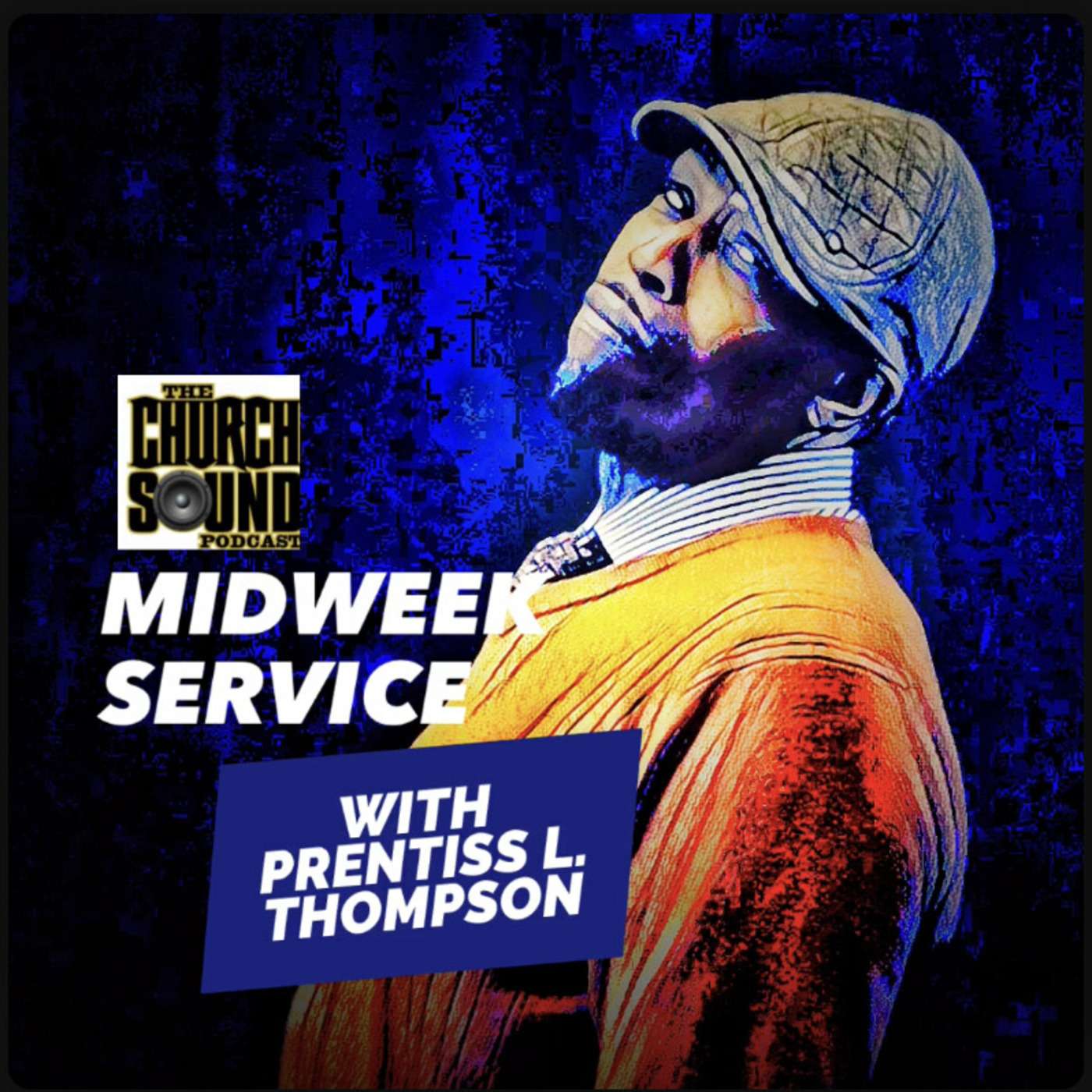Understanding Compression I MIDWEEK SERVICE
- Author
- Prentiss L. Thompson
- Published
- Thu 26 Nov 2020
- Episode Link
- https://share.transistor.fm/s/69460753
What Is Compression?
Compression is the process of lessening the dynamic range between the loudest and quietest parts of an audio signal. This is done by boosting the quieter signals and attenuating the louder signals. The controls you are given to set up a compressor are usually:
* Threshold - how loud the signal has to be before compression is applied.
* Ratio - how much compression is applied. For example, if the compression ratio is set for 6:1, the input signal will have to cross the threshold by 6 dB for the output level to increase by 1dB.
* Attack - how quickly the compressor starts to work.
* Release - how soon after the signal dips below the threshold the compressor stops.
* Knee - sets how the compressor reacts to signals once the threshold is passed. Hard Knee settings mean it clamps the signal straight away, and Soft Knee means the compression kicks in more gently as the signal goes further past the threshold.
* Make-Up Gain - allows you to boost the compressed signal. as compression often attenuates the signal significantly.
* Output - allows you to boost or attenuate the level of the signal output from the compressor.
